Skip Navigation
There are two dominant flea beetle species in Western Canada:
1. Striped flea beetle:
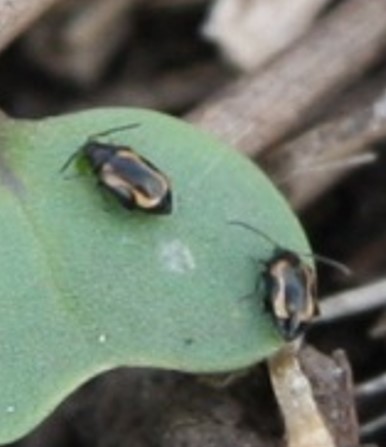
Figure 1: Striped flea beetle
2. Crucifer flea beetle:
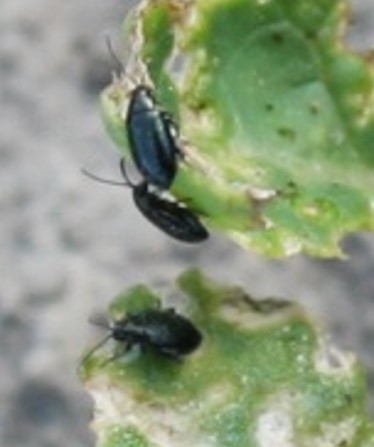
Figure 2: Crucifer flea beetle
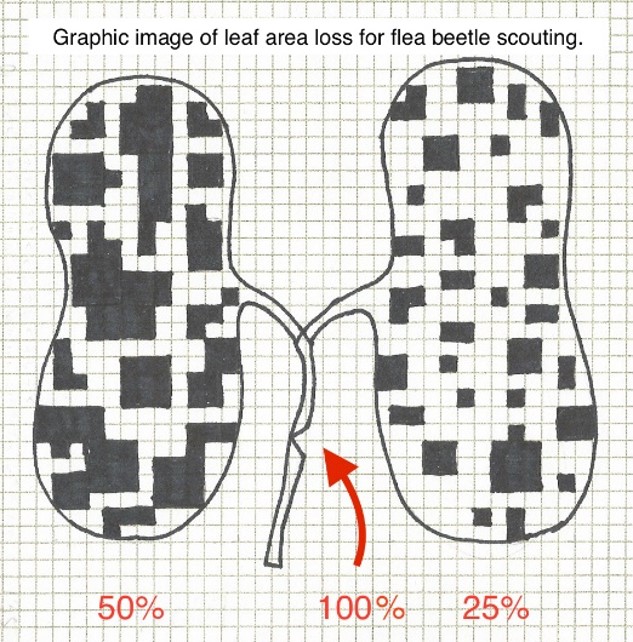
Figure 3. Image representing 25% and 50% leaf area loss due to flea beetle feeding. When stem is clipped, loss is considered to be 100%. Courtesy of the Canola Council of Canada (www.canolacouncil.org)
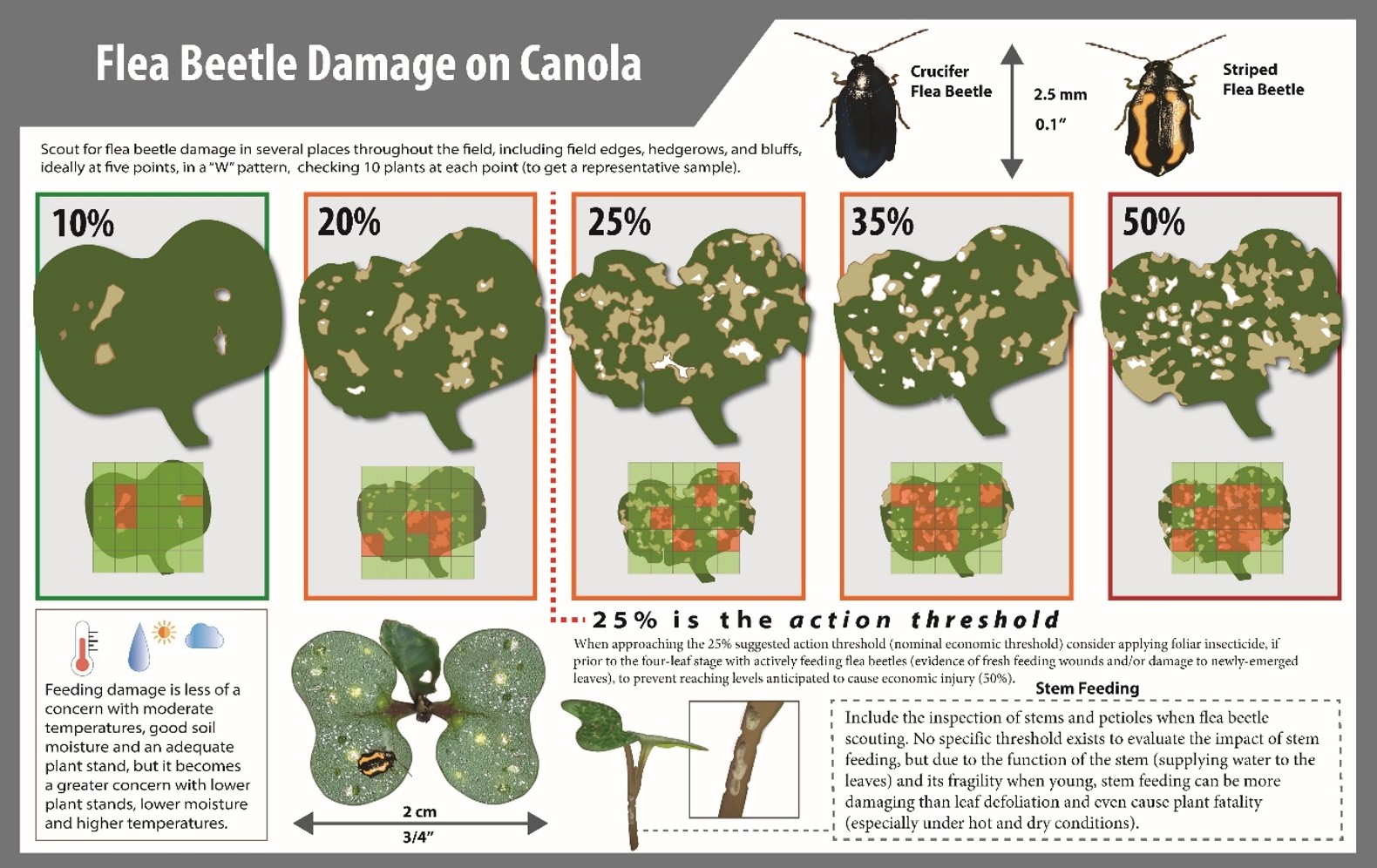
Figure 4. Assessing flea beetle damage on canola. Courtesy of the Canola Council of Canada (www.canolacouncil.org)
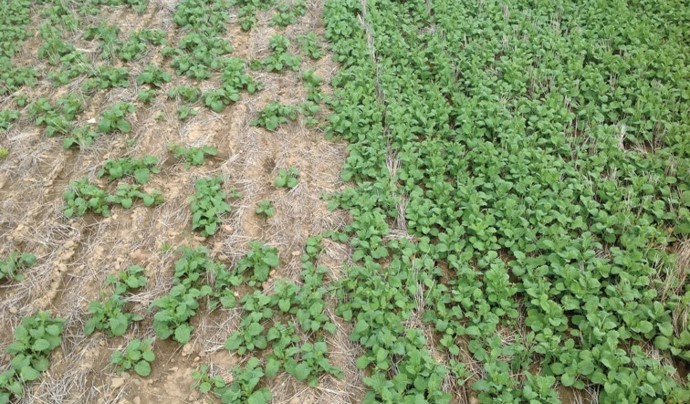
Figure 5. Standard canola seed treatment (left) compared to standard seed treatment plus Lumiderm™ insecticide seed treatment 42 days after seeding (right). Seven Persons, AB.
*Standard canola seed treatment is a neonicotinoid insecticide in combination with a fungicide package.